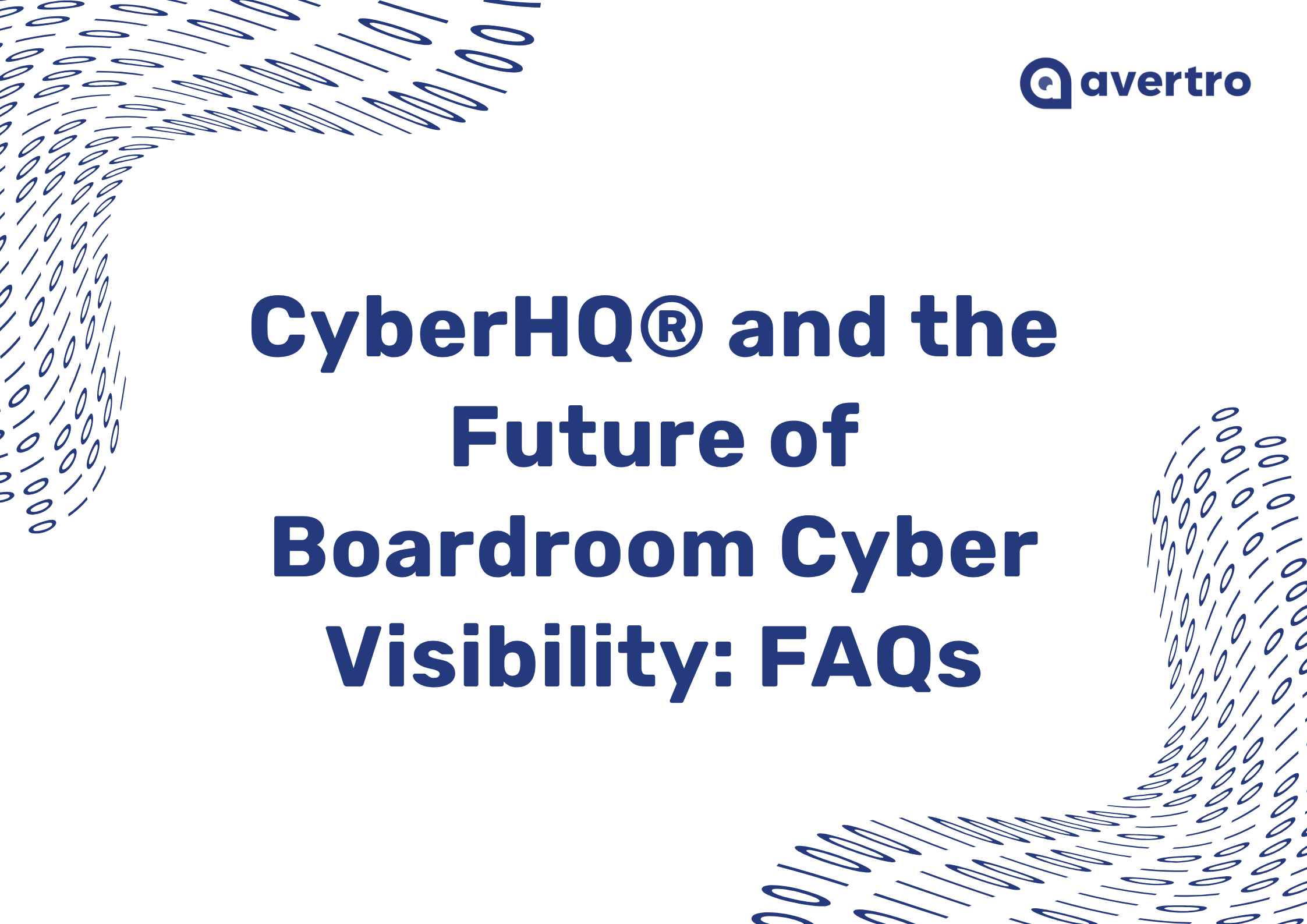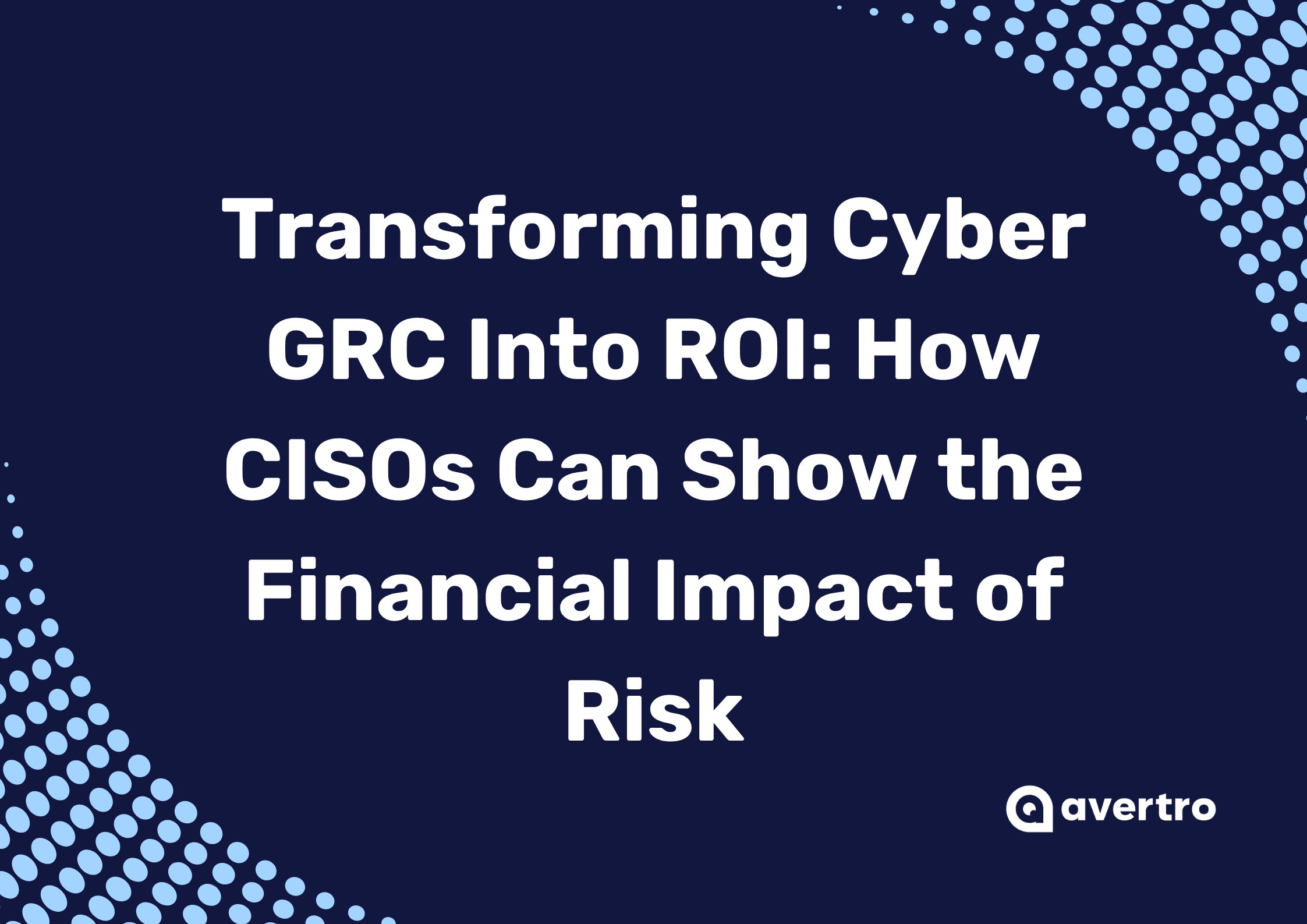Navigating the complex landscape of cyber governance is crucial in today's digital era, where the security and integrity of digital assets are paramount. This comprehensive blog delves into the essence of cyber governance, its core components, challenges, and leading practices for building a resilient organization. Understanding what cyber governance truly entails is the foundation of this journey. It goes beyond basic cybersecurity compliance to create a management framework that not only ensures the security and integrity of digital assets but also aligns with the organization's overall objectives and risk appetite.
Understanding Cyber Governance
The Cybersecurity and Infrastructure Security Agency (CISA) defines cybersecurity governance as a strategy that integrates with organizational operations to prevent interruptions due to cyber threats or attacks. This definition underscores the multifaceted nature of cyber governance. It's not merely about defending against threats; it's about embedding cybersecurity into the fabric of the organization to support and enhance business operations rather than hinder them.
The Importance of Cyber Governance in Today's Organizations
Cyber governance plays a pivotal role in ensuring that digital assets are protected in a manner that aligns with an organization's goals and values. It involves adopting major cybersecurity frameworks, strategic risk management, policy and procedure development, regulatory compliance, incident response planning, and stakeholder collaboration.
Core Components of Cyber Governance
- Adopting a Main Cybersecurity Framework: Utilizing established guidelines such as the NIST CSF, ISO/IEC 27001, and CIS Controls can serve as a benchmark for implementing robust cybersecurity measures.
- Strategic Risk Management: This involves identifying, assessing, and prioritizing cybersecurity risks to implement effective controls and maintain security resilience.
- Policy and Procedure Development: Establishing comprehensive guidelines and protocols for managing digital assets is crucial for enhancing security postures and responding to cyber threats.
- Regulatory Compliance: Ensuring adherence to relevant laws, regulations, and industry standards is essential for minimizing legal risks and reinforcing organizational credibility.
- Incident Response Planning: Preparing organizations to efficiently respond to and recover from cyber incidents helps minimize disruption and damage.
- Stakeholder Collaboration: Promoting active engagement and awareness among all parties involved, including board members, executive leadership, employees, partners, and customers, fosters a culture of security and shared responsibility.
Challenges in Implementing Cyber Governance
Implementing an effective cyber governance program comes with its set of challenges. The cyber threat landscape is constantly evolving, requiring organizations to stay vigilant and adapt their strategies. The complexity of regulatory environments, particularly for multinational corporations, adds to the difficulty of achieving cyber resilience. Additionally, resource constraints, both financial and expertise-based, can impede the ability to establish comprehensive cyber governance.
Leading Practices for Effective Cyber Governance
Despite the challenges, several key practices can guide organizations towards effective cyber governance:
- Regular Assessments: Conducting regular assessments to identify and address new and existing risks, threats, and control weaknesses is crucial.
- Active Policy Enforcement: Enforcing policies, procedures, and processes through regular audits and monitoring ensures their effectiveness.
- Leveraging Technologies: Utilizing the right technologies that increase cyber resilience is essential for defending against threats.
- Comprehensive Training Programs: Developing training programs to ensure stakeholders are well-versed in cybersecurity leading practices is vital for maintaining security awareness.
- Cultivating a Culture of Security Awareness: Cybersecurity should be a priority for everyone within the organization, fostering a culture of security awareness.
- Developing a Reporting Structure: A reporting structure that explains how the cyber program is performing in terms the business can understand is crucial for transparent communication.
- Defensible Cyber Investment: Using defensible approaches and methodologies to justify and prioritize cyber investments, activities, projects, and efforts ensures that resources are allocated efficiently.
- Implementing the Right Operating Model: Tailoring the cyber governance practices to fit the organization's unique needs and context is essential for effectiveness.
Conclusion
Understanding cyber governance is the first step towards building a resilient organization capable of defending against the multifaceted nature of cyber threats. Effective cyber defense requires a balanced approach, combining technical solutions with strategic planning and organizational commitment. By adopting the core components of cyber governance, facing the challenges head-on, and implementing leading practices, organizations can navigate the complex landscape of cyber governance successfully. This endeavor not only protects digital assets but also aligns cybersecurity measures with the organization's overall objectives, ensuring a secure and prosperous digital future.








